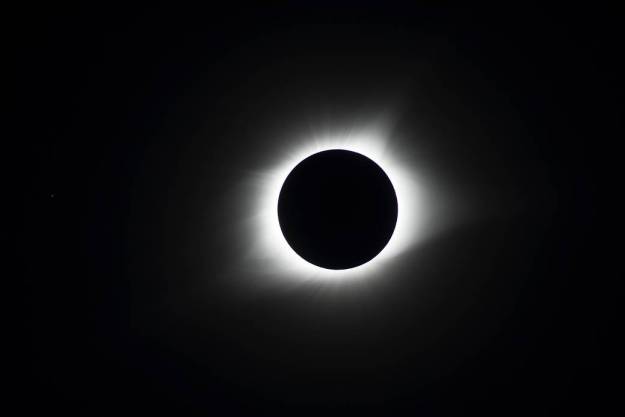A total solar eclipse is set to occur in the U.S. on April 8, and people are making plans to be in the right place when it happens.
The perfect spot is a 100-mile-path stretching from Maine in the northeast all the way to Texas in the south. Being within this path will allow you to experience a fleeting moment that will see daylight diminish and nature’s noises cease as creatures become fooled by the false dusk.
Another consequence, according to recently published research, is that there could also be an uptick in traffic accidents. However, it’s not thought to be down to distracted drivers peering out of their car window to get a better look at the eclipse, or suddenly becoming confused by the dimming light. Rather, the increase in crashes appears to be largely down to the rise in the volume of traffic as millions of people make their way toward a concentrated area of the U.S.
The research, published this week in the journal JAMA Internal Medicine, says there was a notable rise in fatal car crashes in the U.S. during the last total solar eclipse in the U.S. in 2017, whose path of totality swept from coast to coast.
The data pointed to a 31% increase in risk to traffic safety around the time of the 2017 total solar eclipse. In absolute terms, this averaged to one extra crash-involved person every 25 minutes and one extra crash fatality every 95 minutes. The overall relative risks are described as “similar in magnitude to the increased traffic risks observed around Thanksgiving, Memorial Day, or the July 4 weekend,” the paper said.
Similar to next month’s eclipse, the one seven years ago created much excitement because the path of totality fell within 300 miles’ driving distance for a third of the country. An estimated 20 million people traveled from home to another city to view the celestial event, leading to a lot more cars on the road than usual.
With the extra traffic, the researchers described potential factors for the uptick in crashes at that time as “travel on unfamiliar routes, speeding to arrive on time, driver distraction by a rare celestial event, drug- or alcohol-induced impairment from eclipse-related celebrations, and eclipse viewing from unsafe roadside locations.”
The next total solar eclipse is within driving range for more than 200 million people, and so those jumping in a car to make their way to a viewing spot are being advised to “respect speed limits, minimize distractions, allow greater headway, wear a seatbelt, and avoid driving while impaired.” With all that taken care of, be sure to enjoy the eclipse!
Editors' Recommendations
- How to safely watch April’s total solar eclipse, in person or online
- How to photograph April’s solar eclipse, according to Nikon
- Stunning image shows annular solar eclipse from a million miles away
- How to watch a rare hybrid solar eclipse
- NASA map shows where you can see a solar eclipse across the U.S.


